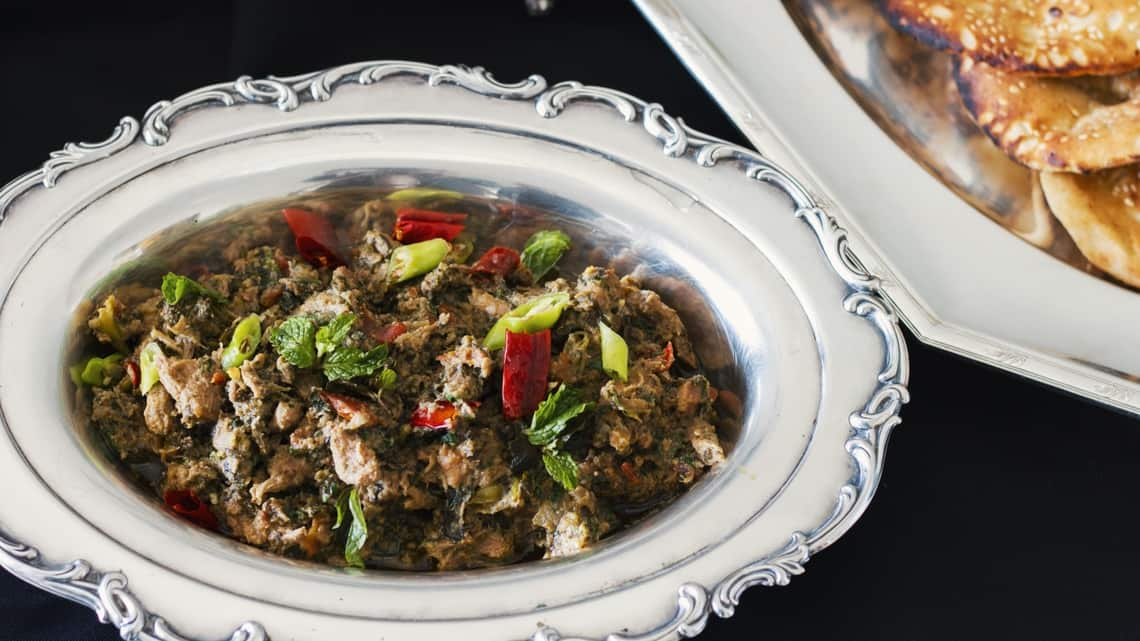Four women who shaped Bhopal’s history
[ad_1]
The Begums of Bhopal ruled for 100 years, and their influence as reformers and patrons of the arts can be seen in present-day hospitals, schools, culture and architecture
The antics of India’s erstwhile maharajas and nawabs are often discussed threadbare, but the begums of Bhopal have remained under the radar, despite their many contributions to the former princely state.
Bhopal saw power shift from male rulers in 1819 when Qudsia Begum, widowed at the young age of 18, fought for her infant daughter Sikandar to be rightful heir to the throne, establishing herself as regent in the interim. Women-led rule followed for the next 107 years, unprecedented in Indian history, with several contributions being made by the begums across different spheres of life. Qudsia Begum (ruling from 1819-1837) was succeeded by her daughter Sikandar (1847-1868), followed by Shah Jahan Begum (1868-1901) and Sultan Jahan Begum (1901-1926). Their focus was on building a competent administration and being patrons of art, culture, architecture and design. They commissioned the building of hospitals, schools and mosques and authored books. Each begum left a mark, and their influence can be seen across present-day Bhopal.
“Qudsia Begum, for instance, is remembered for having sponsored a system of waterworks designed by a British engineer to supply clean drinking water to the people of Bhopal city,” explains Siobhan Lambert-Hurley, professor of global history at the University of Sheffield, UK, and author of Muslim Women, Reform and Princely Patronage. The later Begums were dedicated to education and medical reforms, though Shah Jahan Begum also established Bhopal as a cultural and literary centre and was a renowned patron of architecture. “A poet herself, she patronised a circle of female poets in Bhopal,” says Lambert-Hurley.
Shubhra Chatterji, a documentarian from Bhopal, points out that it might not seem revolutionary today, but the act of Qudsia Begum discarding her purdah and fighting for her daughter, Sikander, to be the rightful heir, was a bold feminist move. “Qudsia Begum’s husband had brought stability to Bhopal after a long time and she wanted that to continue,” explains Chatterji, adding that she also trained her daughter in martial arts, fencing, leading an army and governing a state.
Sikandar Begum was known to be a great hunter (otherwise considered a traditional male pursuit) and popularised shikaar recipes that can be found in Bhopali cuisine even today. She was one of the first Indian monarchs to have travelled to have undertaken the Hajj pilgrimage in 1863, with a group of 1,000 people and her mother. She documented her journey in a travel memoir of sorts, says Chatterji.
So, what led to this uninterrupted reign of Muslim women in Bhopal? “At the most basic level, the continuation of female rule in Bhopal for over a hundred years was facilitated by a lack of male heirs—three generations (from Qudsia to Shah Jahan) produced only daughters,” says Lambert-Hurley. “However, it was their administrative savvy that enabled them to hold to power,” she says. Each was able to manage different interest groups within her own state, representatives of the British colonial power and other political groupings.
While the first two begums were known for their firebrand style of leadership, Shah Jahan and Sultan Jahan Begum the opposite. “Shah Jahan Begum was quite artistic, unlike her predecessors,” says Chatterji. She was a patron of the arts and commissioned the building of the Taj-ul-Masjid, said to be one of the largest in Asia. She was shrewd and politically savvy. “There was a time when Bhopal had been hit by a plague, and the state’s coffers were depleted. She started the cultivation of opium in Bhopal for a brief period and that brought some of the wealth back,” says Chatterji.
Lambert-Hurley adds that many women in Bhopal today appreciate the medical facilities still provided at the Sultania Zenana Hospital, established in 1891. “It is named after the last begum of Bhopal, Sultan Jahan Begum, who, in the early 20th century, put a qualified female doctor at the helm, introduced training for local midwives and furnished it with the most modern equipment. She also established Bhopal’s first public library and a museum, as well as innumerable schools and medical programmes.”
Remnants of the begums’ glorious past are on display at the Jehan Numa Palace Hotel in Bhopal, managed by descendants of the former royal family. It was built by General Obaidullah Khan, the second son of Sultan Jahan Begum. “The last two begums have had a significant impact on the city’s architecture and heritage with monuments, hospitals and schools still in place,” says Faiz Rashid, managing director, Jehan Numa Group.
The corridors of the palace display artefacts and archival photographs portraying the history of the begums. “We have tried to retain elements of their fascinating rule, be it through time-honoured family recipes, the art of lavish hospitality, architecture and their lifestyle. We’ve tried to keep the lens on the begums, spotlighting their progressive ideologies,” he says.
Arzoo Dina is a lifestyle journalist based in Mumbai.
[ad_2]
Source link
